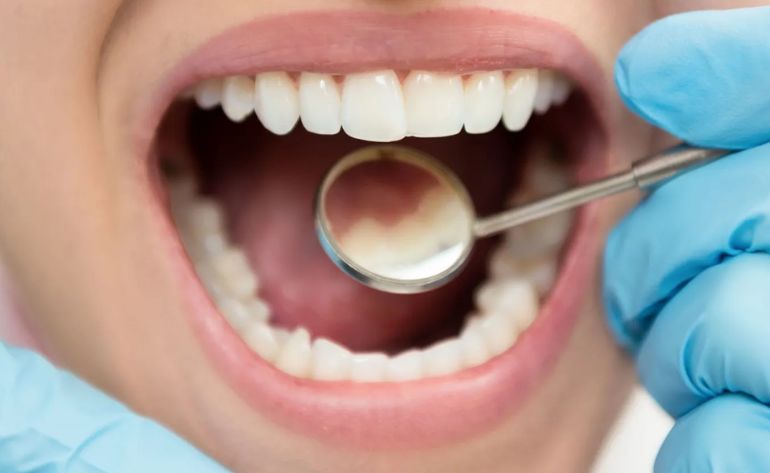Cavity Filling

Cavity filling is procedure to remove decayed or carious portion of tooth and replace it with a tooth like material to restore its form and functions. Early detection of caries is important as it can save your tooth from undergoing Root canal treatment. Our expert dentist will decide which filling is best for you depending on number of factors like extent of damage, whether you have any allergies to certain materials, which tooth is decayed and the cost factors.
What is a Cavity Filling?
Having a cavity is no day at the park. Not only is a cavity painful, but it can also affect your daily life from eating and chewing to speaking correctly. That’s where cavity fillings come into play. A cavity filling procedure is the most common way to resolve dental decay that has penetrated the dental enamel of a tooth.
Taking Care Of Cavity Filling
You may experience some sensitivity after receiving a tooth fillings, but this discomfort should subside. Don't neglect your oral care routine. Instead, ask your dentist regarding toothpastes to be used to protect sensitive teeth, and also provides protection against future tooth decay. In addition, Flossing is equally important in the areas around tooth fillings.
There are various types of fillings available including:
Composite Fillings – These are resin based aesthetic materials that are bonded onto the tooth surface after tooth decay has been removed. This material provides a conservative approach to a tooth restoration. These fillings can be shaded to match the colour of a person’s existing teeth. As more People wants natural looking smile, composite filling have become increasingly popular. Composites are material of choice for anterior teeth or visible part of teeth. We can use them for posterior teeth also.
Amalgam Fillings – Amalgam fillings are made up of an alloy of silver and mercury. Thus, it doesn’t match with colour of your teeth. It however not the material of choice because of increasing aesthetic demand.
Ceramic Fillings – Ceramic fillings are made of porcelain and are tooth coloured, so they look natural. Ceramic fillings are more brittle than composite resin and can break but they are also more resistant to staining.
Glass Ionomer – Glass Ionomer fillings are made up of acrylic and fluro-alumino-silicate, a component of glass. This material is most commonly used as temporary filling, for fillings below gumline and fillings in young children.


